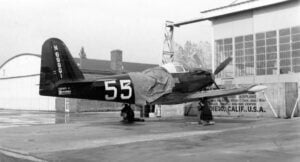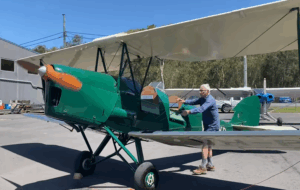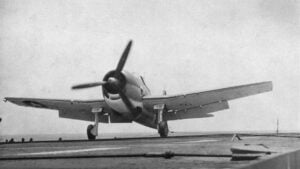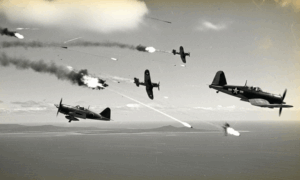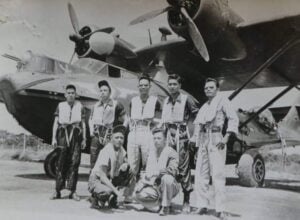5 Iconic WWII Aircraft That Are Still Flying Today
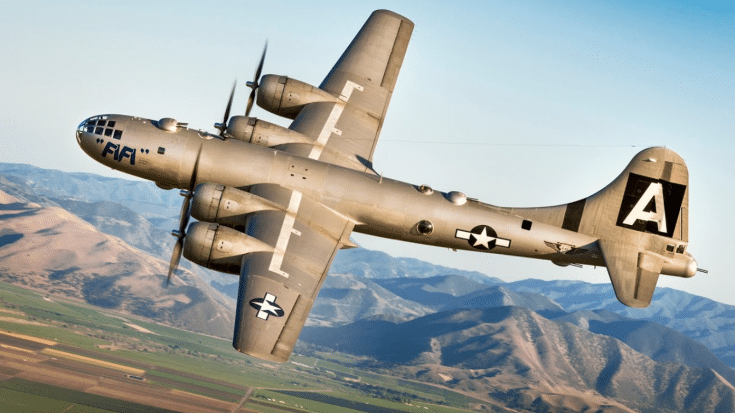
Documentary HD Channel / YouTube
World War II was a period of intense innovation and development in aviation technology. The war stimulated the rapid production of aircraft, which played a crucial role in both offensive and defensive strategies across the globe. Many of these airplanes marked significant advancements in technology and strategic warfare. While most have been retired or placed in museums, a remarkable few continue to grace the skies, offering living history lessons. Let’s explore these metal birds that once soared through wartime skies and now capture our admiration at airshows and special events.
1. Supermarine Spitfire
The Supermarine Spitfire stands out as one of Britain’s most significant contributions to air combat during World War II. Particularly noted for its role in the Battle of Britain, the Spitfire was a symbol of British resilience and technical ingenuity. It was powered by the Rolls-Royce Merlin engine, which became famous for its distinctive growl as much as for its reliability and power. Of the more than 20,000 Spitfires built by the end of the war, it is estimated that fewer than 100 remain capable of flight today. These surviving Spitfires are predominantly showcased at airshows, but there’s also a company based in Biggin Hill, U.K., offering the public a rare opportunity to experience flight in one of these historic birds. The experience of flying in a Spitfire is more than just a nod to history; it connects us personally to the indomitable spirit of those who flew in defense of freedom.
2. Hawker Hurricane
Another British flying marvel, the Hawker Hurricane, was key to the Allied victory in several battles, most famously during the Battle of Britain. Distinguished by its robust construction and the use of the same type of Rolls-Royce Merlin engine as its Spitfire counterpart, the Hurricane proved to be a versatile and reliable fighter. Out of the more than 14,000 Hurricanes built, today, only 12 remain in flying condition. Among them is Hurricane LF363 Mk IIC, notably the last to join the Royal Air Force, and Hurricane PZ865 Mk IIC, the final build. The Hurricane’s contributions were not limited to the European theater; they also played vital roles in North Africa, Malta, and the Pacific, demonstrating the aircraft’s adaptability to varied climates and combat scenarios.
3. Messerschmitt Bf 109
As the primary fighter of the German air force, the Messerschmitt Bf 109 was the main adversary of the Spitfire and Hurricane. It was the backbone of Germany’s aerial might, with a production run of about 35,000 units, making it one of the most produced aircraft in history. The Bf 109 was admired for its advanced design and powerful Daimler-Benz engines that varied across its different models. Despite its role on the opposing side, the ingenuity of the Bf 109’s design cannot be overlooked. Today, several Bf 109s can still be seen in flight, primarily in North America and Europe, where they serve as a reminder of the fine line between technological progress and its application.
4. Mitsubishi A6M Zero
The Mitsubishi A6M Zero was Japan’s premier carrier-based aircraft, notable for its role in the Pearl Harbor attack that led to the United States’ entry into World War II. Introduced in 1940, the Zero was designed for long range and maneuverability, a combination that made it a formidable opponent early in the war. Over 10,000 Zeros were produced, with only a handful remaining in flyable condition today. These aircraft are a stark reminder of the Pacific Theater’s intense battles and the strategic shift in air combat tactics that the War necessitated.
5. Boeing B-29 Superfortress
The American-made Boeing B-29 Superfortress represented a significant leap forward in bomber technology, with its pressurized cabin and remote-controlled gun turrets being particularly innovative features. Famous for carrying out the atomic bombings of Hiroshima and Nagasaki, the B-29 played a crucial role in ending World War II. Though over 3,900 were built, today, only one, named “Doc”, remains in flying condition and is involved in educational tours across the U.S. It stands as a flying testament to the advancements in aviation technology brought about by the war and the profound impact these technologies had on the course of history.




















